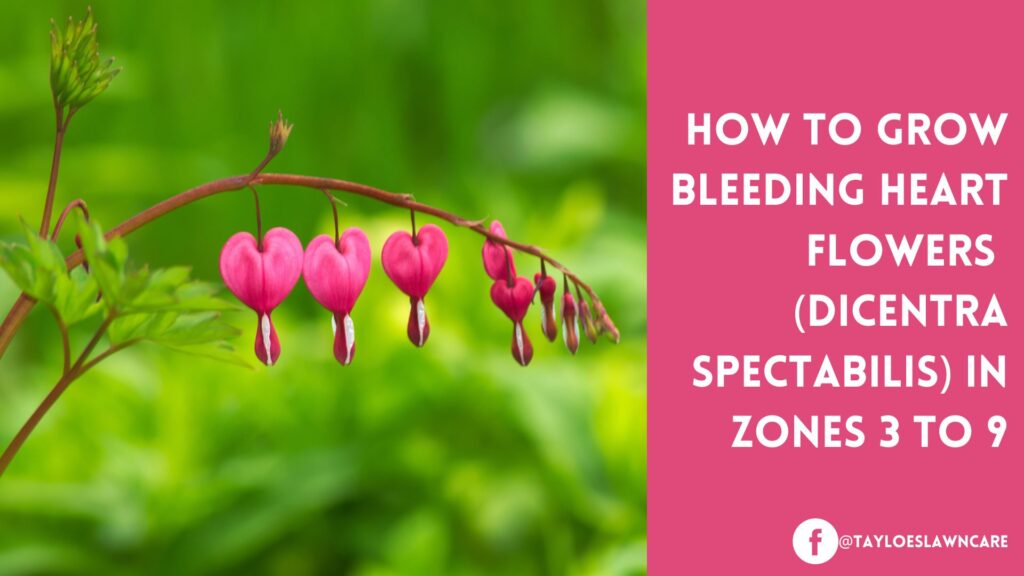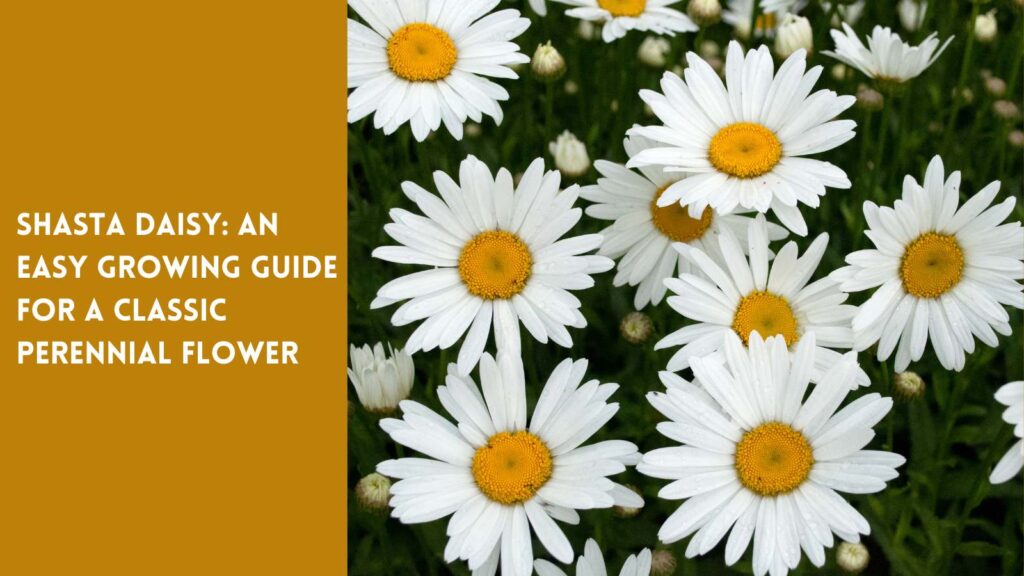Last Updated on: 15th October 2023, 09:31 pm
Zinnias have gorgeous pom-pom tufts that add color and texture to the landscape.
Zinnia is an annual flower that belongs to the daisy family, Asteraceae. They are native to Mexico and Central America but they now grow worldwide. They come in various colors, including red, yellow, orange, pink, purple, and white.
The zinnia is an annual flower. However, you will want to plant them to enjoy their lovely color every year. So let the last flowers of the summer go to seed. Collect those seeds if you live in a colder area for planting in the springtime. Or, if you live in a warm climate, scatter a handful of dirt over the seeds; they’ll sprout in the spring.
You might also consider growing them in oversized urns, planters, or containers that will welcome visitors with a lively burst of color. Many cultivars of this lovely, pom-pom tufted flower exist, but the primary Latin name of the common zinnia is Zinnia elegans.
Zinnia Is a True Beauty
The flowers of the zinnia plant are typically two to three inches in diameter and have a round, disk-like shape. The petals erupt from the stems in a circular pattern and are often ruffled or frilly, giving the flower a whimsical, fluffy appearance.
They can come in a range of colors:
- Orange
- Pink
- Purple
- Red
- White
- Yellow
- Bi-Color hybrids
- Tri-color hybrids
Zinnias have a light, sweet fragrance that is most noticeable in the morning and evening. It is soft and not overpowering – you won’t even notice the light floral scent during the mid-day.
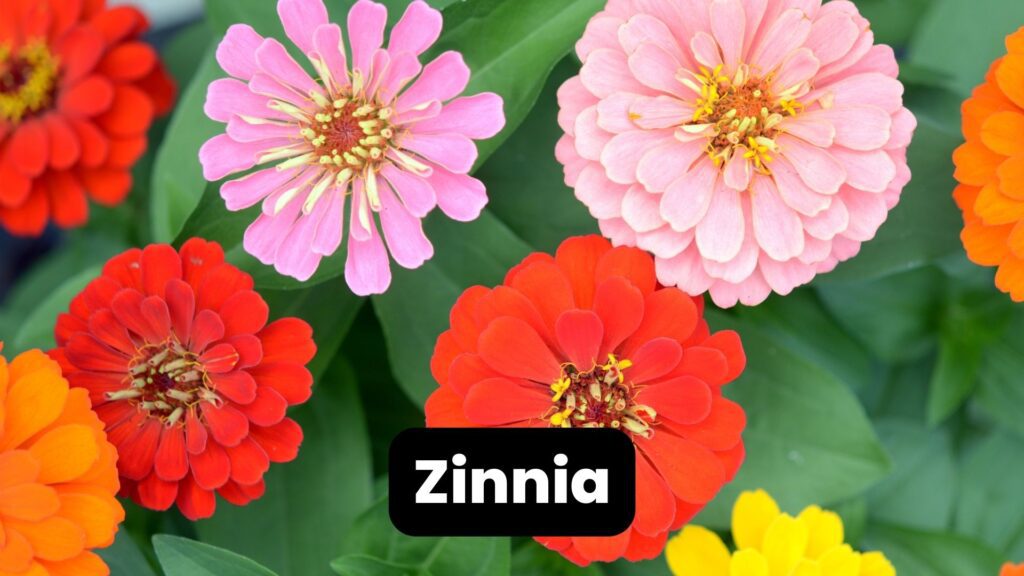
Zinnia Elagans Is Meaningful to Many
With their vibrant hues and diverse forms, Zinnias have long been celebrated for their aesthetic appeal in gardens and floral arrangements. However, beyond their undeniable beauty, these flowers carry a rich tapestry of symbolic meanings and cultural significance that many might not be aware of.
Symbolic Meanings of Zinnias
- Remembrance: One of the most profound symbolic meanings associated with zinnias is that of remembrance. Their bright and enduring blooms are a poignant reminder of cherished memories and moments. This makes them a fitting choice for memorial gardens, where they stand as a tribute to loved ones who have passed away, offering solace and a touch of brightness in moments of reflection.
- Love and Affection: Zinnias, especially in shades of red and deep pink, are often linked to feelings of love and affection. Gifting a bouquet of zinnias can be a heartfelt way to convey deep emotions, making them a popular choice for anniversaries, Valentine’s Day, or to express love and appreciation.
- Good Thoughts: The radiant presence of zinnias symbolizes positivity and good thoughts. Their blooms can be a beacon of optimism, making them a favorite for those looking to uplift spirits or offer encouragement.
Zinnias are not just a visual delight. They are also flowers imbued with deep meanings and significance. Whether you hope to create a space of remembrance, express love, or enjoy the bright colors, zinnias are a versatile and meaningful choice. Their enduring popularity in gardens and bouquets is a testament to their multifaceted appeal.
Your Backyard Pollinator Friends Love This Colorful Flower.
Zinnia flowers are popular with numerous pollinators, including butterflies, bees, and hummingbirds.
These pollinators are attracted to the brightly colored petals and sweet fragrances of the flowers. Their visits to your garden can help ensure that the zinnia plant can produce seeds and grow.
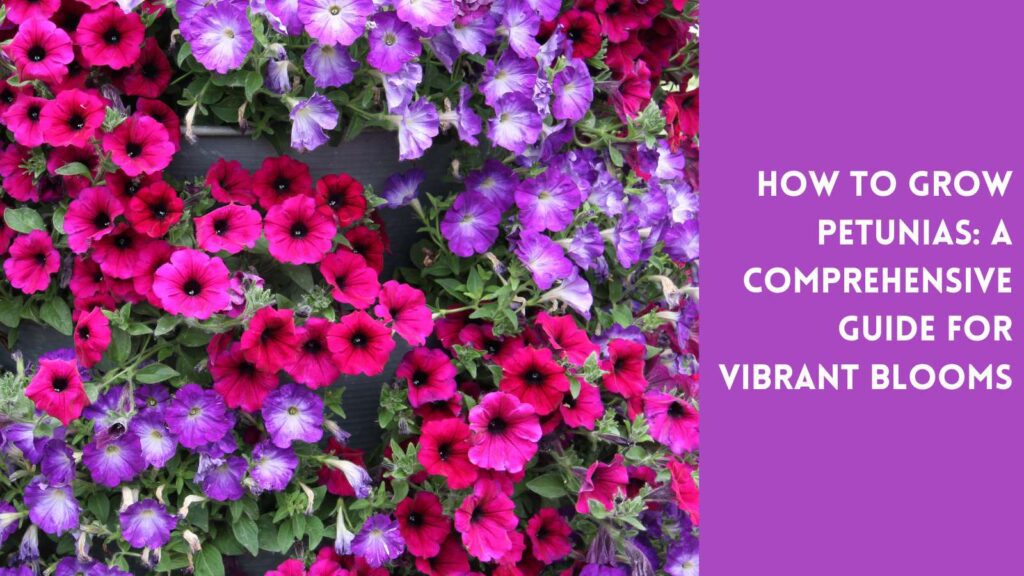
How to Grow Zinnia Flowers (Add Color to Your Landscape Plan)
The elegant zinnia can grow in USDA plant hardiness zones 3-10.
Growing and maintaining zinnias is relatively easy. Their good nature makes them an excellent choice for experienced and novice gardeners. They prefer well-drained soil and the full sunshine. However, they can tolerate some shade, in particular during the afternoon heat.
You may plant zinnia seeds directly in the ground. Additionally, you may start them indoors and then transplant them after the threat of frost passes in the spring. Space zinnias at a distance of about 12-18 inches apart; they will typically grow to be 18-36 inches tall.
To encourage healthy growth, it is essential to water the zinnias regularly, but be careful not to overwater your flowers, as this can lead to root rot. Zinnias require a balanced fertilizer or a generous shovel full of compost or earthworm castings several times during the blooming season.
Deadheading, or removing the spent blooms, is vital to foster the health and attractive appearance of the zinnia plant. This practice helps to encourage the plant to direct its energy on producing new flowers rather than on producing seeds. Pruning the plant back can also be helpful, as this trimming can encourage the plant to bush out and produce more flowers.
Pests and diseases can sometimes be a problem for zinnia plants. Common pests include aphids, spider mites, and whiteflies. To control these pests, use insecticidal soap or horticultural oil. Diseases that can affect zinnias include powdery mildew and stem rot. Avoid over-watering and ensure good air circulation around the plants to prevent these diseases.
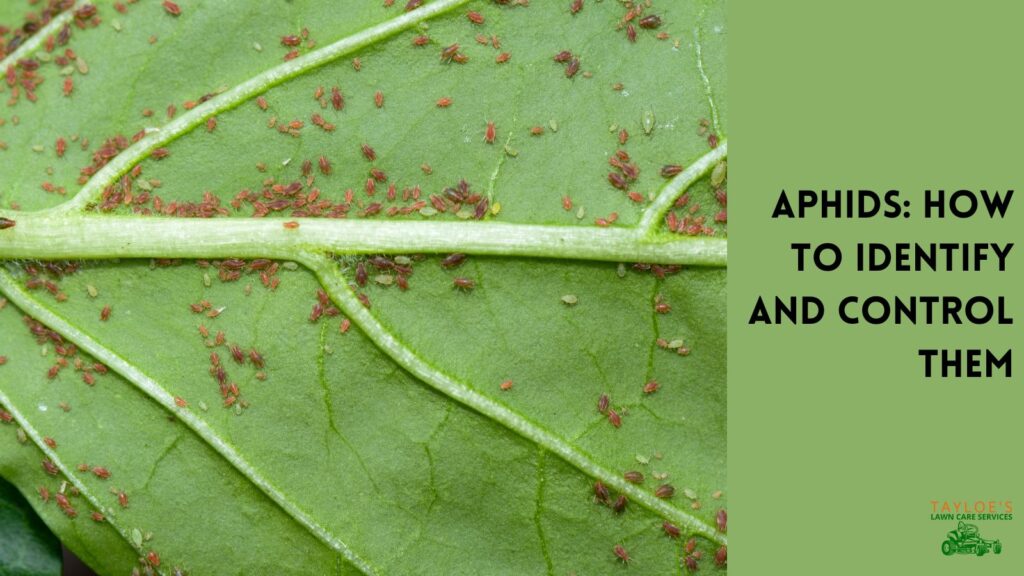
The Takeaway: Zinnia Is a Beautiful, Colorful Annual Flower for Your Garden
Overall, zinnias are a beautiful and easy-to-grow addition to any garden. Whether you hope to add a pop of color or plant flowers that have symbolic meaning, zinnias are an excellent choice. With their bright colors, sweet fragrance, and ease of care, they will surely bring joy and beauty to your outdoor space.
If you love landscaping, gardening, or other related content like this, please follow Tayloe’s Lawn Care Services on Facebook – we share tips and tricks regularly.
Author Profile

- Deborah Tayloe is the CEO and co-founder of Tayloe's Lawn Care Services, LLC. She has a B.S.Ed and holds certificates in soil and water management and herbology from accredited programs.
Latest entries
 GardeningSeptember 27, 2025What perennials, shrubs, and trees don’t like fall pruning (and why)?
GardeningSeptember 27, 2025What perennials, shrubs, and trees don’t like fall pruning (and why)? Trees and ShrubsSeptember 14, 2025Fall Shrub Pruning Guide (September–October)
Trees and ShrubsSeptember 14, 2025Fall Shrub Pruning Guide (September–October) Trees and ShrubsApril 22, 2025Boxwood Blight: Early identification and isolation
Trees and ShrubsApril 22, 2025Boxwood Blight: Early identification and isolation Flower GardenApril 8, 2025John F. Kennedy Rose: Hybrid tea rose with elegant white blooms
Flower GardenApril 8, 2025John F. Kennedy Rose: Hybrid tea rose with elegant white blooms





